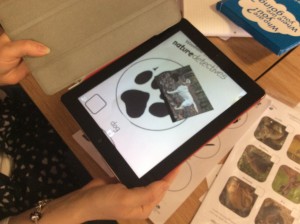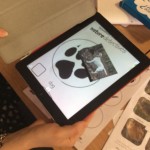Over the last few weeks I have been teaching a session about using images to support learning and teaching to FDLT Y1. we have explored searching for images online and issues of safety, copyrightt and citation / referencing. One useful resource is photosforclass which provides a search that is:
- Safe G Rated Images – All images are appropriate for school setting thanks to Flicker safe Search and our proprietary filters
- Automatic Citation – Downloaded images automatically cite the author and the image license terms
- Creative Commons – All photos shown are to the best of our (and Flickr’s) knowledge Creative Commons licensed for school use
This is useful for using to create resources for school use and for using in student work such as in presentations or creating digital artefacts that use photos.
In the session we explored collecting images and placing them on Pinterest boards, grouping images together in arrangements using webtools and apps such as Fotor, PicMonkey, PicCollage and Moldiv. Having made collages it is them possible to make the pictures interactive by using them as a basis for creating ThingLinks. here is an example of a ThingLink I made that explores the kings and queens of England from 1066 to the present day.

You can easily send a ThingLink to other people via social media or from a link. It is worth exploring the ThingLink website to see examples of how others have used it to support learning. You can sign up as a teacher.
We also looked at ways of using QR code makers and scanners to access images, and best of all, we used Aurasma to reveal images linked to objects and pictures.
 The way that a video or image can appear on a phone or tablet as if by magic is quite captivating and would appear to have many uses in education.
The way that a video or image can appear on a phone or tablet as if by magic is quite captivating and would appear to have many uses in education.I made an example based on creatures’ tracks where a picture of the animal would appear linked to each track.
If you are interested in finding out more about these webtools and apps there are further posts on this blog:
If you have any examples of using them please add them to the comments below.

